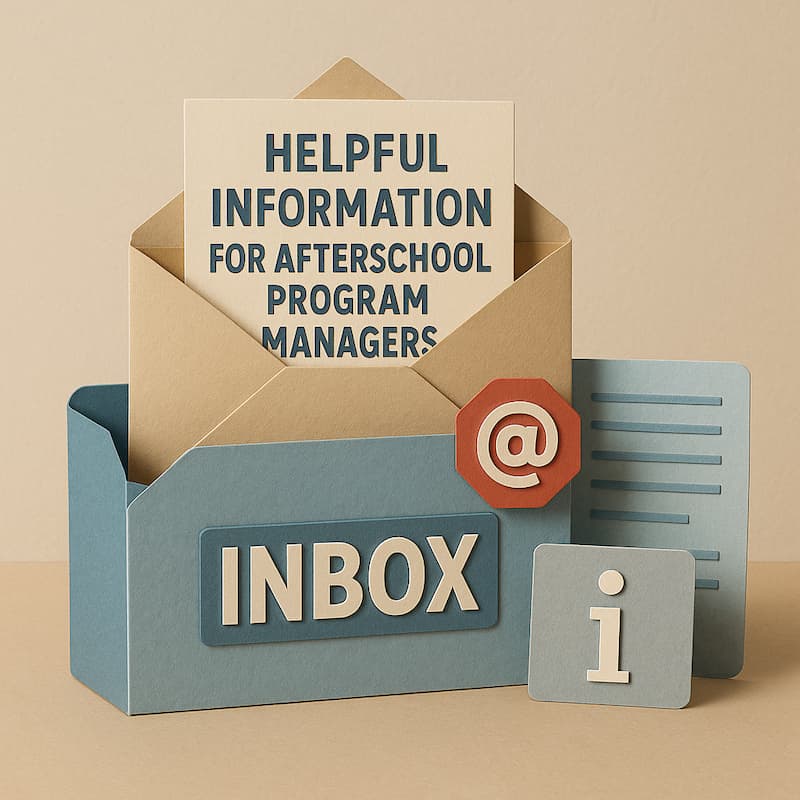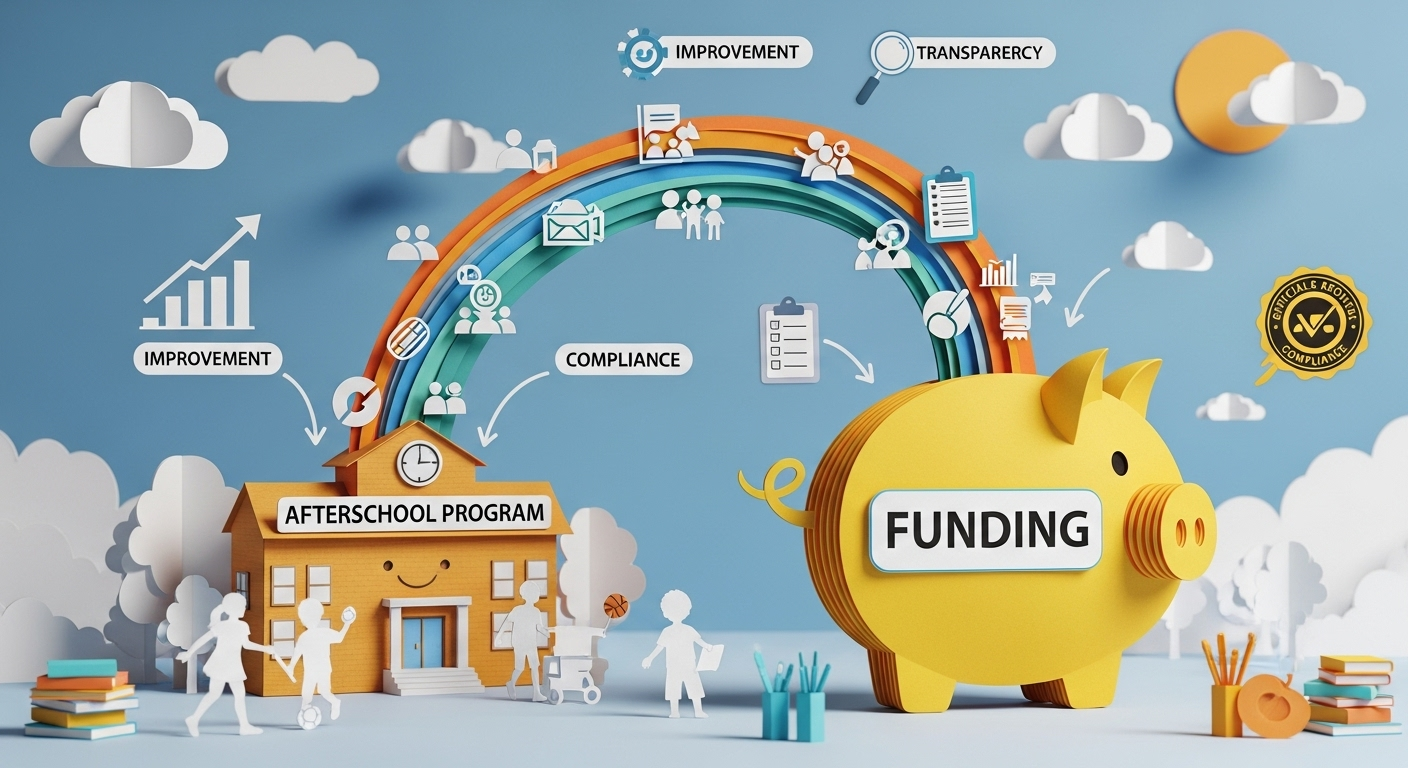CALPADS Timelines for Afterschool Programs
For school administrators managing California’s afterschool programs, understanding the California Longitudinal Pupil Achievement Data System (CALPADS) is an important but often under-appreciated step. CALPADS reporting occurs throughout the academic year and is not limited to a single event. Knowing the annual schedule helps administrators effectively plan programs, meet requirements, and secure crucial funding.
CALPADS acts as California’s primary system for tracking K-12 student data. It covers student enrollment, demographics, and program participation. Every Local Educational Agency (LEA) must participate. Accurate reporting supports state and federal accountability, program evaluation, and local decision-making. Being mindful of the ongoing CALPADS requirements allows programs to maintain accurate records and meet deadlines without stress, ultimately benefiting students.
Navigating the Fall 1 Submission Period
The CALPADS reporting year has multiple critical periods, with Fall 1 being particularly significant. Fall 1 has a Census Day in early October. During this period, LEAs submit student enrollment data, English language acquisition status, immigrant student details, and, importantly for afterschool programs, free or reduced-price meal (FRPM) eligibility information.
Although afterschool participation data itself is reported later, the FRPM data collected in Fall 1 directly impacts funding calculations. This data determines the Unduplicated Pupil Percentage (UPP), which is essential for calculating funding for the Expanded Learning Opportunities Program (ELOP). Typically, Fall 1 certification is due in December, with amendments possible through January. Submitting accurate and timely Fall 1 data ensures that funding allocations, which support programs year-round, are correctly determined.
Understanding the End-of-Year (EOY) Submission Requirements
The End-of-Year submission period represents the most comprehensive CALPADS reporting cycle for afterschool programs. This is when LEAs submit detailed student program participation data through the Student Program (SPRG) file. The EOY submission typically occurs in late spring, with certification deadlines in early summer.
During EOY, afterschool programs must report accurate start and end dates for each student’s participation in ELOP, ASES, or 21st CCLC programs. This data directly influences funding calculations and compliance verification. The submission window usually opens in May, with initial certification due in June and final certification in July. Understanding these deadlines allows programs to prepare data throughout the year rather than scrambling at the last minute.
Continuous Data Management Throughout the Year
Successful CALPADS reporting requires ongoing attention to data quality, not just during submission periods. Maintaining accurate student enrollment records, tracking program participation dates, and monitoring attendance data throughout the academic year ensures smooth reporting when deadlines arrive.
Accurately recording student enrollment and exit dates is equally critical. These dates determine the reported participation period. To handle this ongoing data stream effectively, many programs rely on dedicated program management software. These tools streamline precise record-keeping, automate data collection where possible, and provide ongoing data validation. With proactive data management, information is organized, accurate, and readily accessible once the EOY submission window opens, reducing errors and stress significantly.
Proactive Strategies for Successful Reporting
Effectively managing CALPADS submissions involves proactive planning and staying informed about updates. The annual timelines from Fall 1 through the EOY submissions follow a predictable pattern. School districts and afterschool program administrators can integrate these timelines into their internal data management schedules, allowing better anticipation and preparation.
Regular communication with district data coordinators ensures that afterschool program staff understand their role in the broader CALPADS reporting process. Many districts establish internal deadlines that precede official state deadlines, providing buffer time for data validation and correction. Participating in training opportunities offered by the California Department of Education and California School Information Services helps staff stay current with requirements and best practices.
Leveraging Technology for Timeline Management
Modern afterschool program management systems can significantly streamline CALPADS timeline compliance. These platforms often include automated reminders for key deadlines, data validation tools, and reporting features that align with CALPADS requirements. Integration with district Student Information Systems ensures consistency between afterschool program data and official student records.
Calendar integration and automated notifications help ensure that critical deadlines are never missed. Many systems also provide dashboard views that show data completeness and quality metrics, allowing administrators to identify and address issues before submission deadlines. This proactive approach reduces last-minute stress and improves data accuracy.
Building Sustainable Reporting Practices
Long-term success in CALPADS reporting requires building sustainable practices that can withstand staff turnover and changing requirements. Documenting procedures, maintaining training materials, and establishing clear roles and responsibilities ensures continuity regardless of personnel changes.
Regular review and refinement of data collection processes helps identify opportunities for improvement and ensures that practices remain aligned with current requirements. Building relationships with district data coordinators and state support resources provides ongoing assistance when questions or challenges arise.
Preparing for Future Changes
CALPADS requirements and timelines may evolve as state and federal policies change. Staying informed about upcoming modifications through official communications from the California Department of Education helps programs prepare for transitions. Participating in professional development opportunities and maintaining connections with other afterschool program administrators provides valuable insights into emerging best practices.
By understanding and preparing for CALPADS timelines throughout the year, afterschool programs can transform what might seem like a compliance burden into a strategic advantage. Accurate, timely reporting not only ensures continued funding but also provides valuable data for program improvement and advocacy efforts. With proper planning and the right tools, CALPADS compliance becomes a manageable part of effective program administration.








